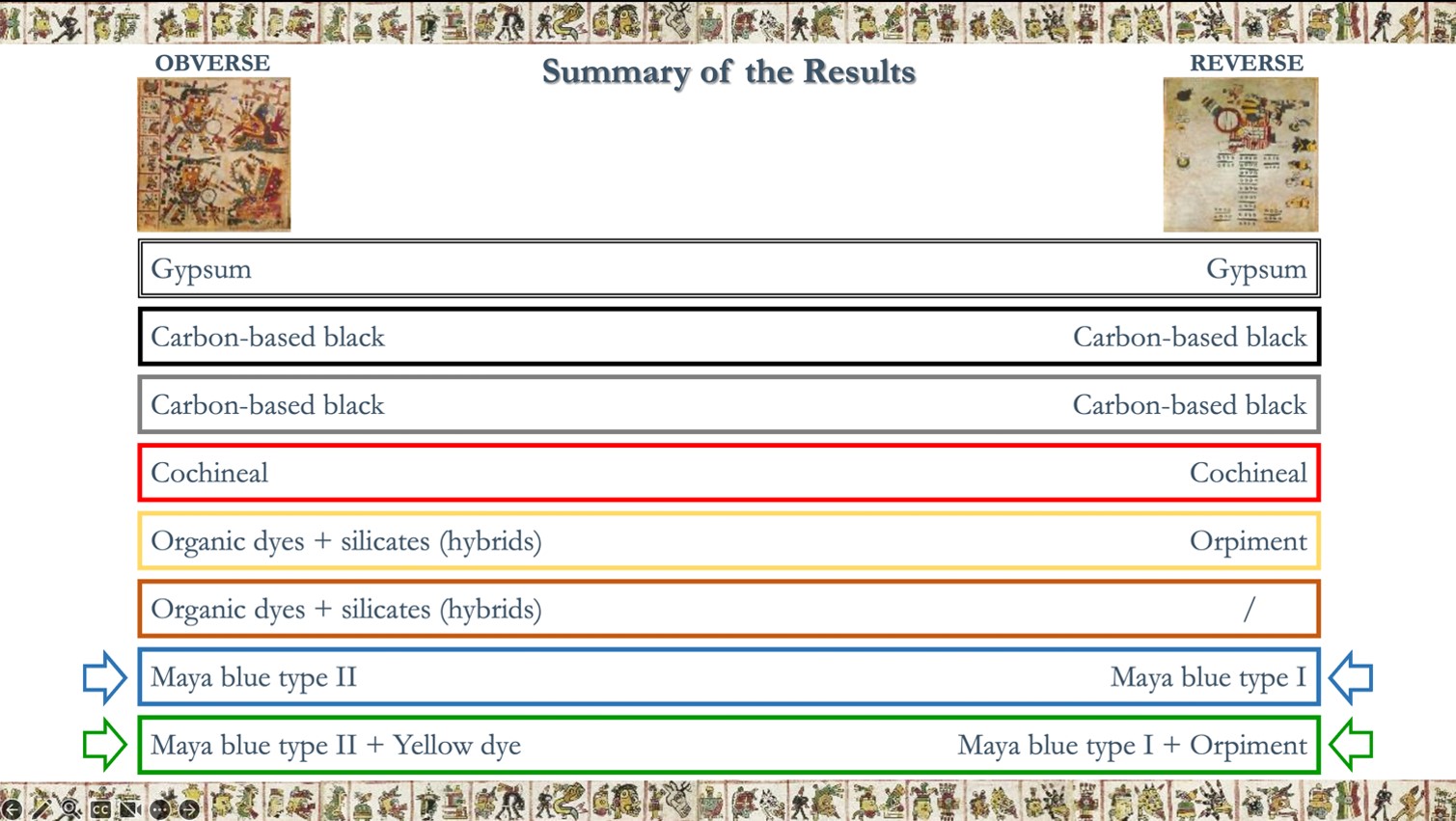
Audio guide:
The analyses carried out by the MOLAB revealed that the palettes used to paint the two sides of the codex are different, even though they share some similar materials.

The two palettes reflect the different technological traditions of the regions where the two sides of the manuscript were painted. Both sides have a gypsum white background and show the use of vegetable carbon black and a red cochineal lake, obtained by adding a mordant rich in metallic salts (alum) to the extract obtained from cochineal insects, parasites of the prickly pear cactus.
The yellow/orange/flesh colors of the obverse are hybrid materials composed of organic dyes and clays, while the bright yellow of the reverse is arsenic trisulfide or orpiment. Both sides use two slightly different hybrid blues, known as Maya Blue, created by intercalating the molecules of indigo dye into the tubular structures of clays such as palygorskite and sepiolite. On both sides, greens were created by mixing blue and yellow.
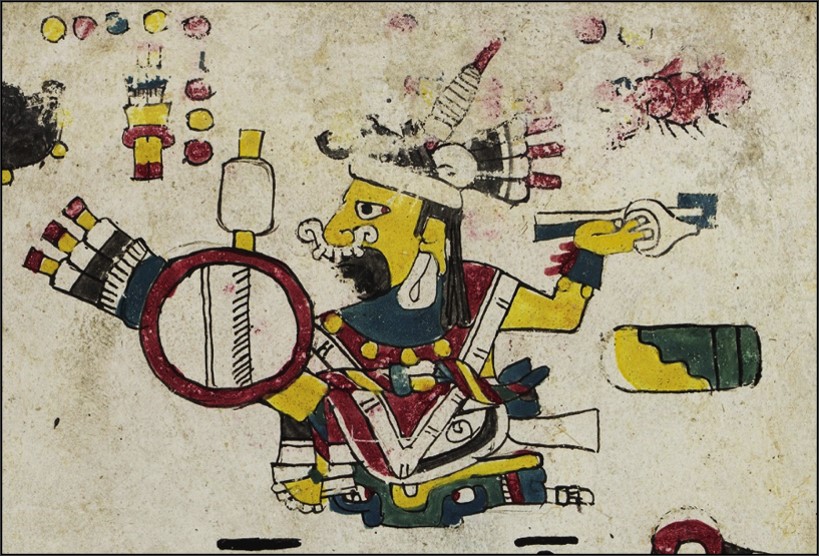
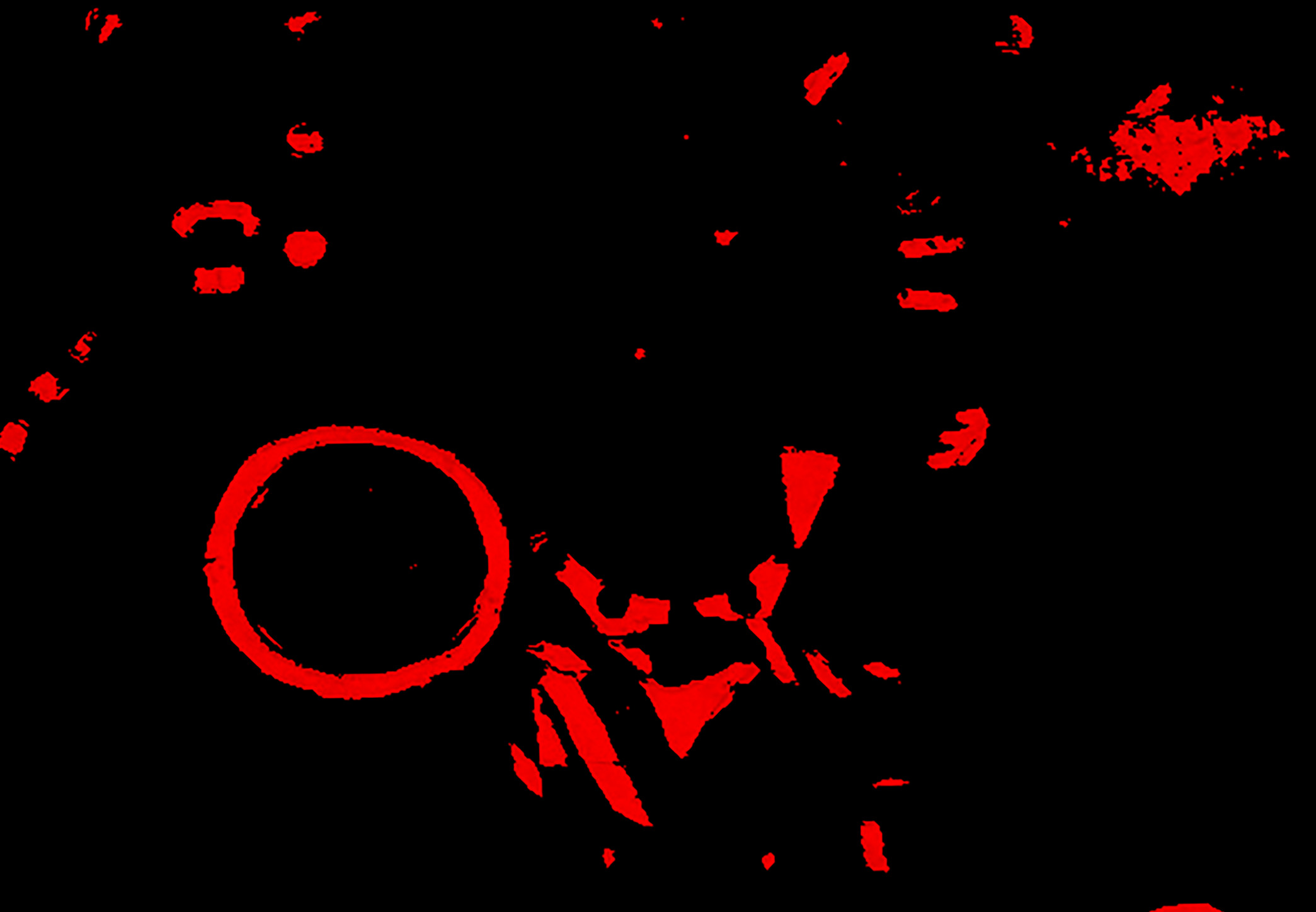
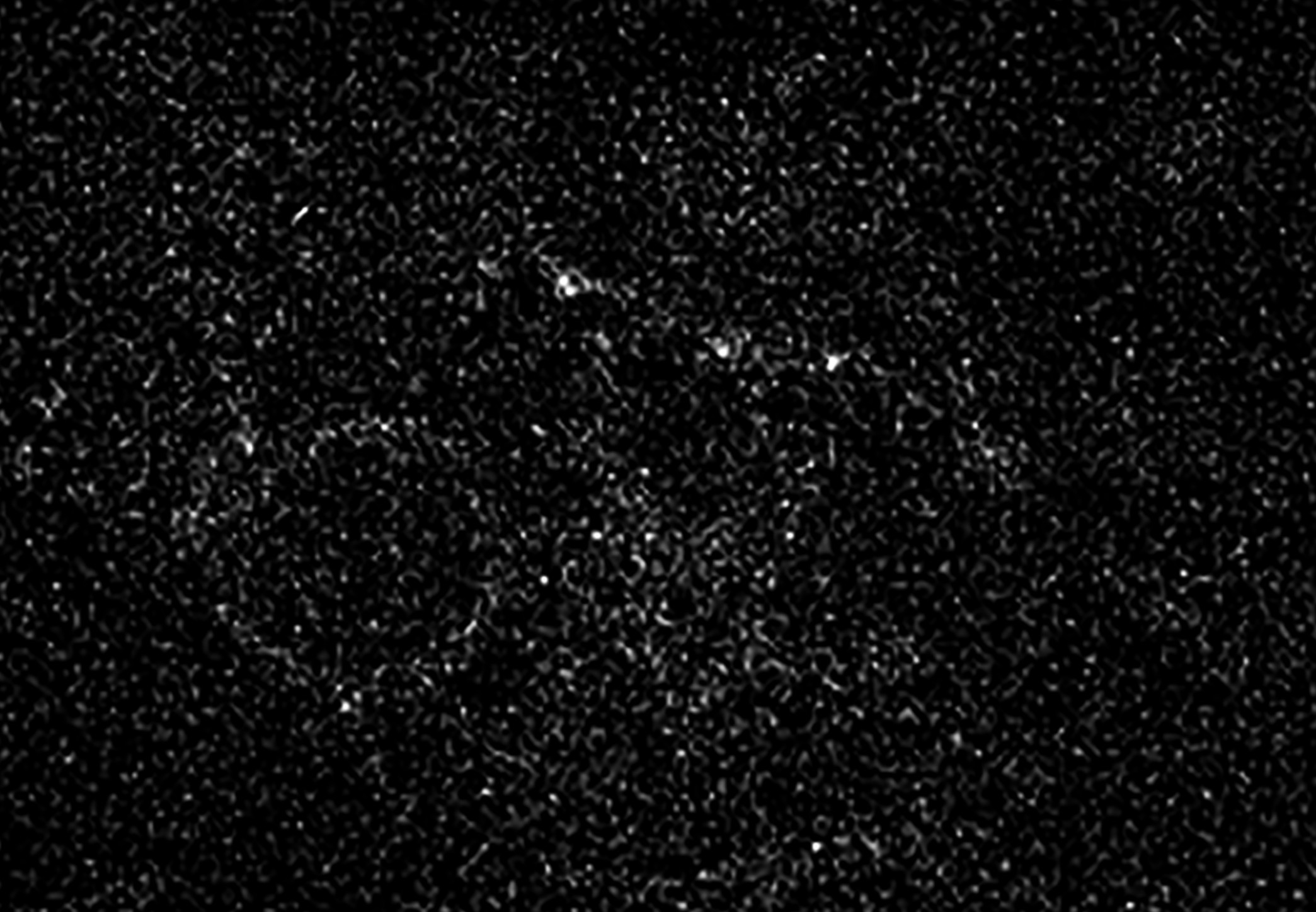
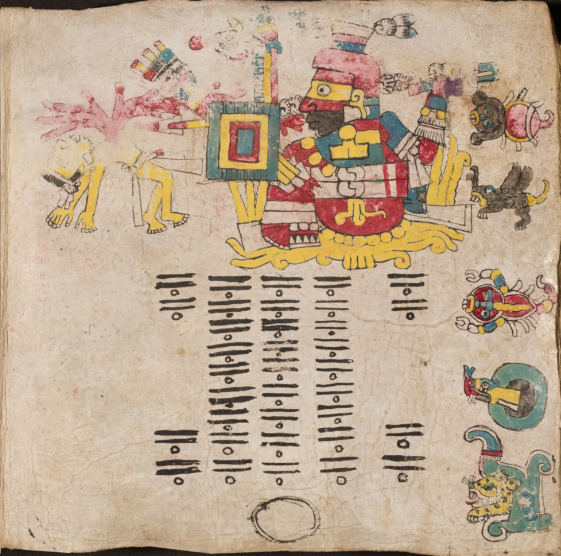
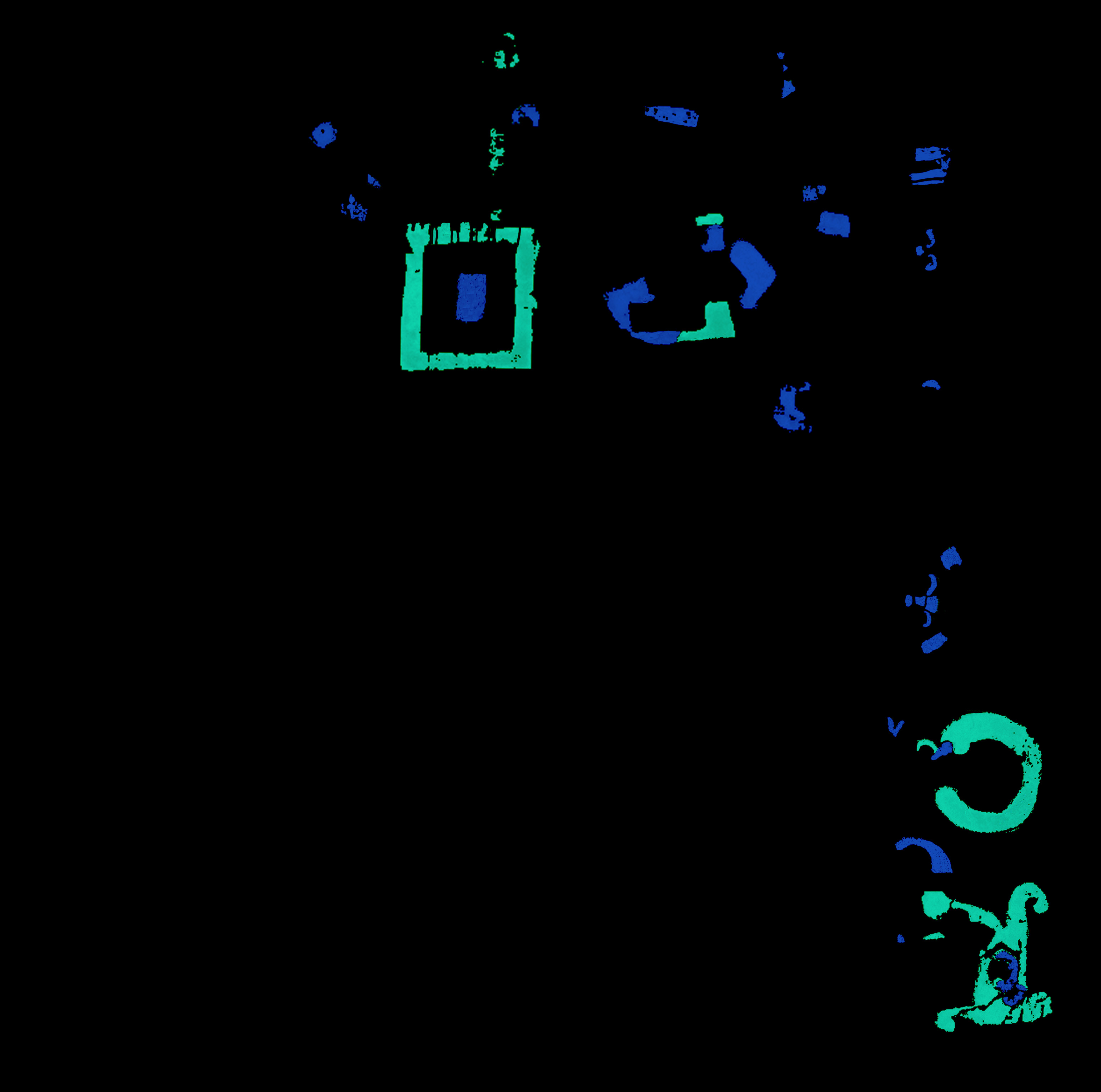
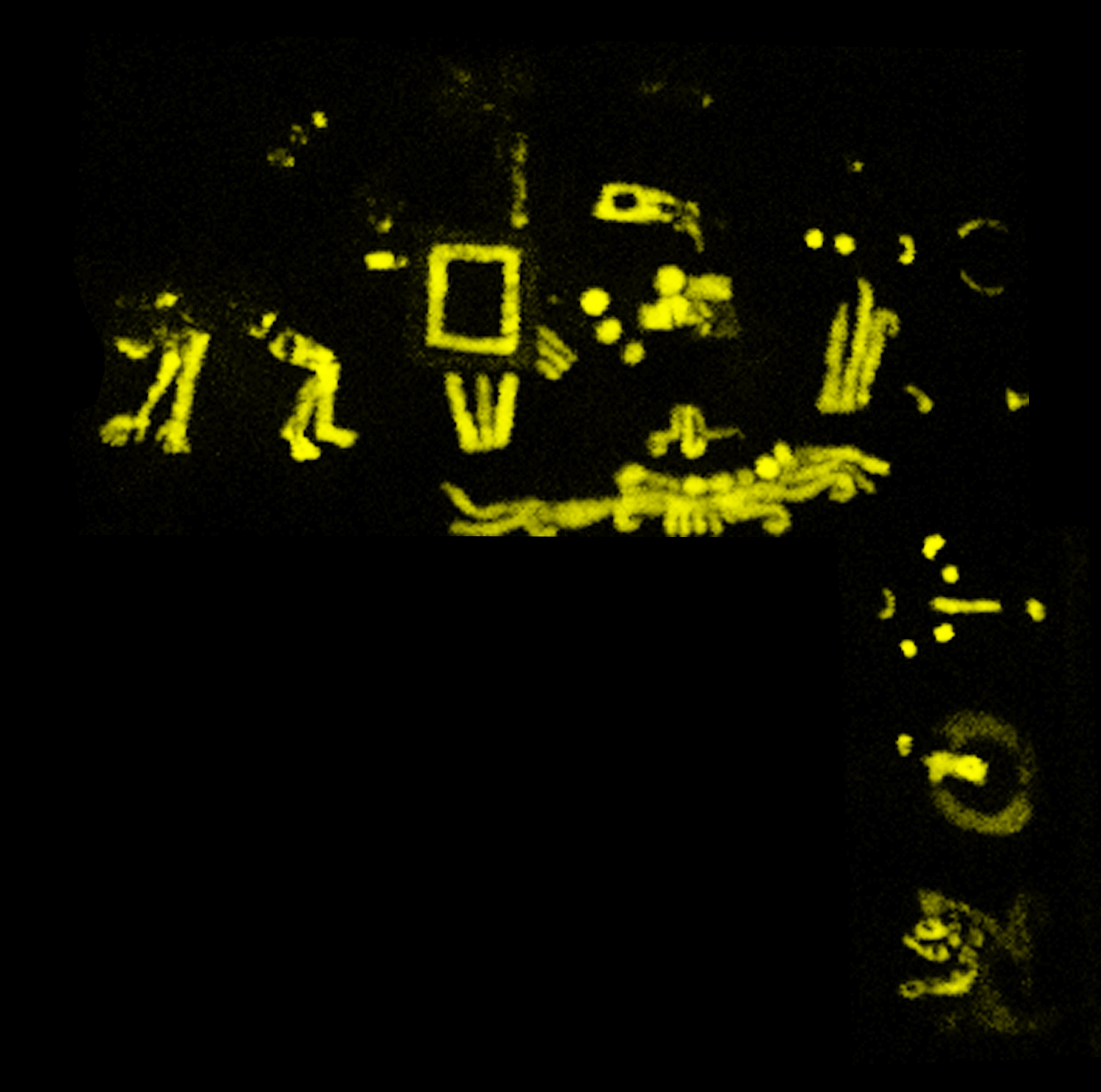
For more information, you can learn more in this article.